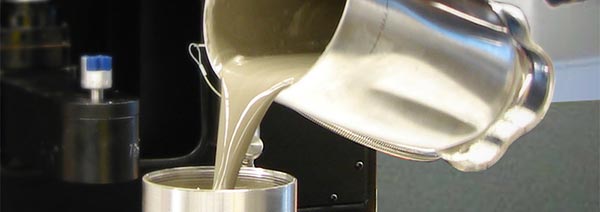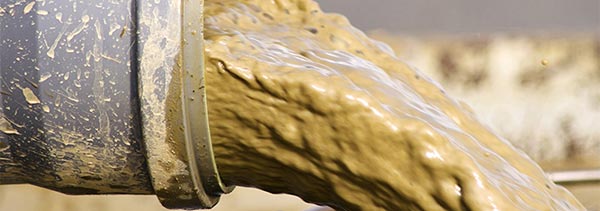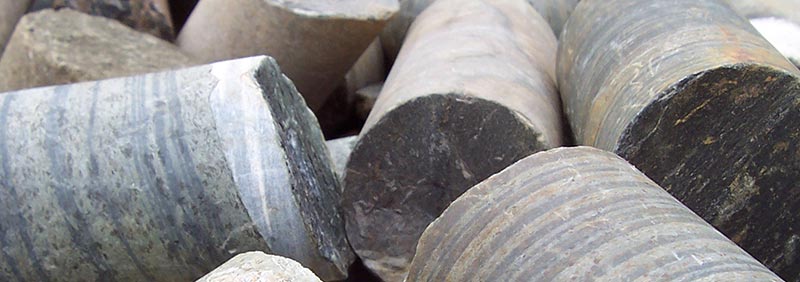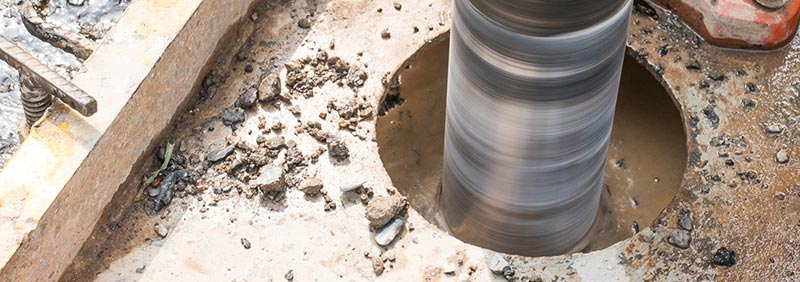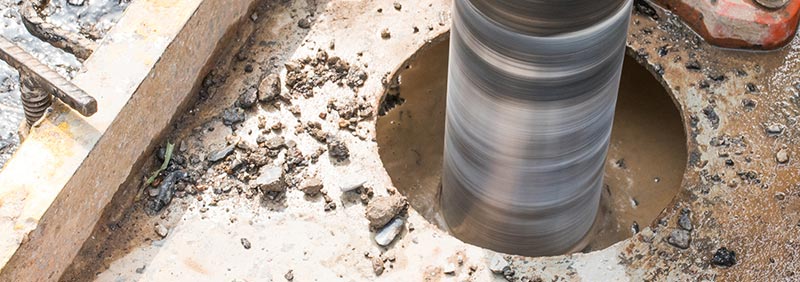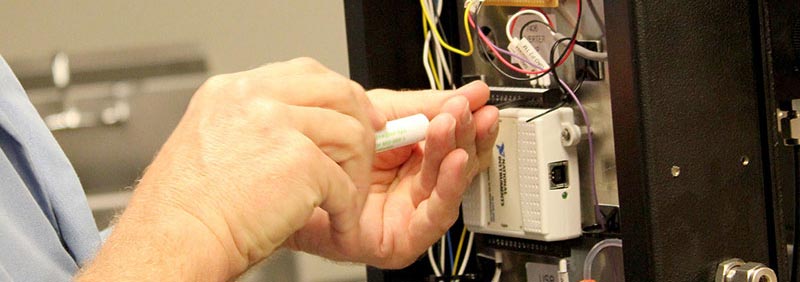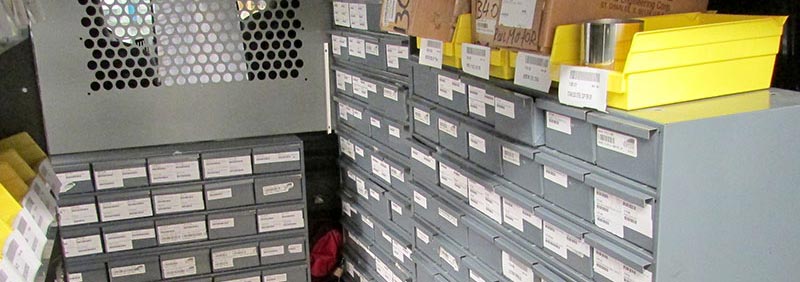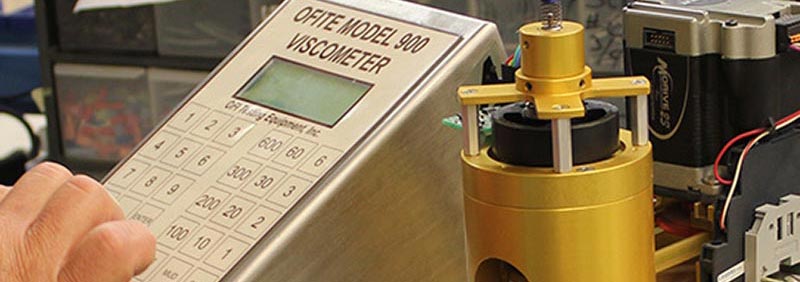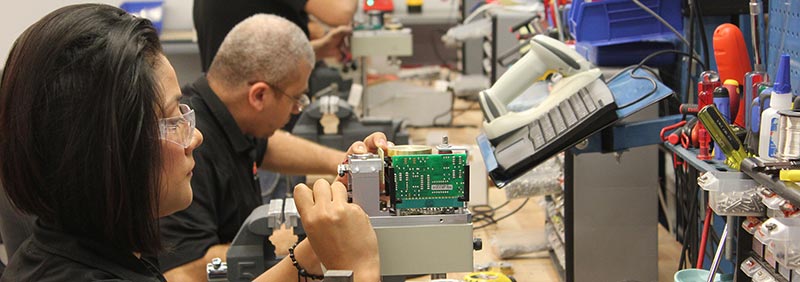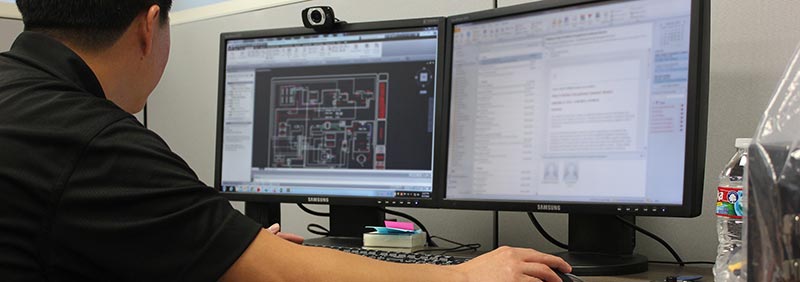Porous ceramic filters are commonly used for everything from sewage treatment to medical equipment monitoring. In the oilfield, ceramic filters are used as a replacement for filter paper in the HTHP filtration test. Available in a wide range of pore throat sizes, ceramic filters enable the operator to perform filtration tests at similar porosities to that of the formations being drilled, a big advantage over filter paper. Also, ceramic filters, unlike paper, have depth (usually 1/4"), so invasion and return permeability studies may be performed and bridging characteristics of drilling and drill-in fluids may be analyzed.
Porous ceramics consist of closely-sized particles bonded together, resulting in a uniform, permeable material that forms a tortuous path for fluid flow. The most common materials used are alumina and silica, but there is an almost unlimited variety of material characteristics, shapes, and sizes available.
Ceramic filters are normally classified by mean pore throat size and/or units of permeability. Mean pore throat size is the average minimum pore diameter measured in microns, or a thousandth of a millimeter. Permeability is a measure of the volume flow of fluids through a porous media when subjected to a differential pressure and is mathematically equated by Darcy’s Law.
Previously, mean pore throat size and permeability were roughly determined using air standards. Recent research funded by the American Petroleum Institute (API) used the latest mercury injection capillary pressure technology to determine these characteristics. This new testing procedure identified that the ceramic disk manufacturing process does not allow for absolute consistency between ceramic disk batches. Therefore, it was determined that the true mean pore throat size and permeability should result as a mean of the statistical data. Even though the ceramic filters are the same filters that have been provided for years, new API methods for determining mean pore throat size and permeability have resulted in new specifications as outlined in the chart below:
| Part # | Mean Pore Throat (µm) | Permeability (Darcy) | ||
| New (Mercury) | Old (Air) | New (Mercury) | Old (Air) | |
| #170-55 | 10 | 3 | 775 mD | 400 mD |
| #170-53-2 | 12 | 5 | 850 mD | 750 mD |
| #170-53-3 | 20 | 10 | 3 D | 2 D |
| #170-51 | 40 | 20 | 8 D | 5 D |
| #170-53 | 50 | 35 | 15 D | 10 D |
| #170-53-1 | 55 | 60 | 20 D | 20 D |
| #170-53-4 | 120 | 90 | 40 D | 100 D |
| #170-53-5 | 160 | 150 | -- | 180 D |
| #170-53-6 | 250 | 190 | -- | -- |

